Editor’s Note: Updated 03/05/2025. As the conference gets closer, new exciting details will emerge. Be checking back with this post to learn more as we get more information!
RootsTech 2025 will be here before you know it – one of those big events on the horizon that’s getting ever closer! For 2025, the event is slightly later in the year – March 6-8 – in the same location – Salt Lake City, Utah – inside the Salt Palace Convention Center – and virtually from a computer near you! In fact, the virtual attendees outnumber the in-person attendees by millions!
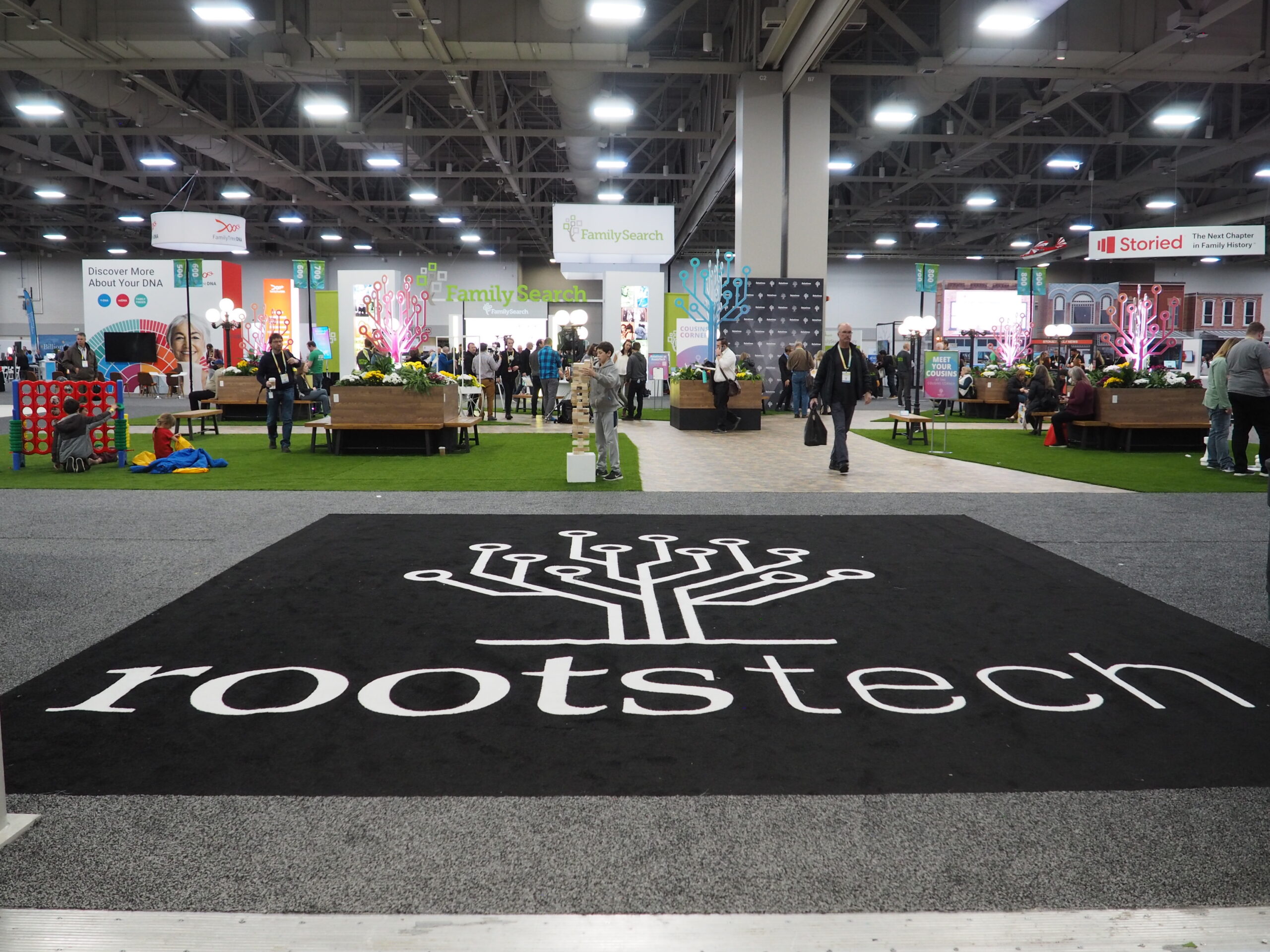
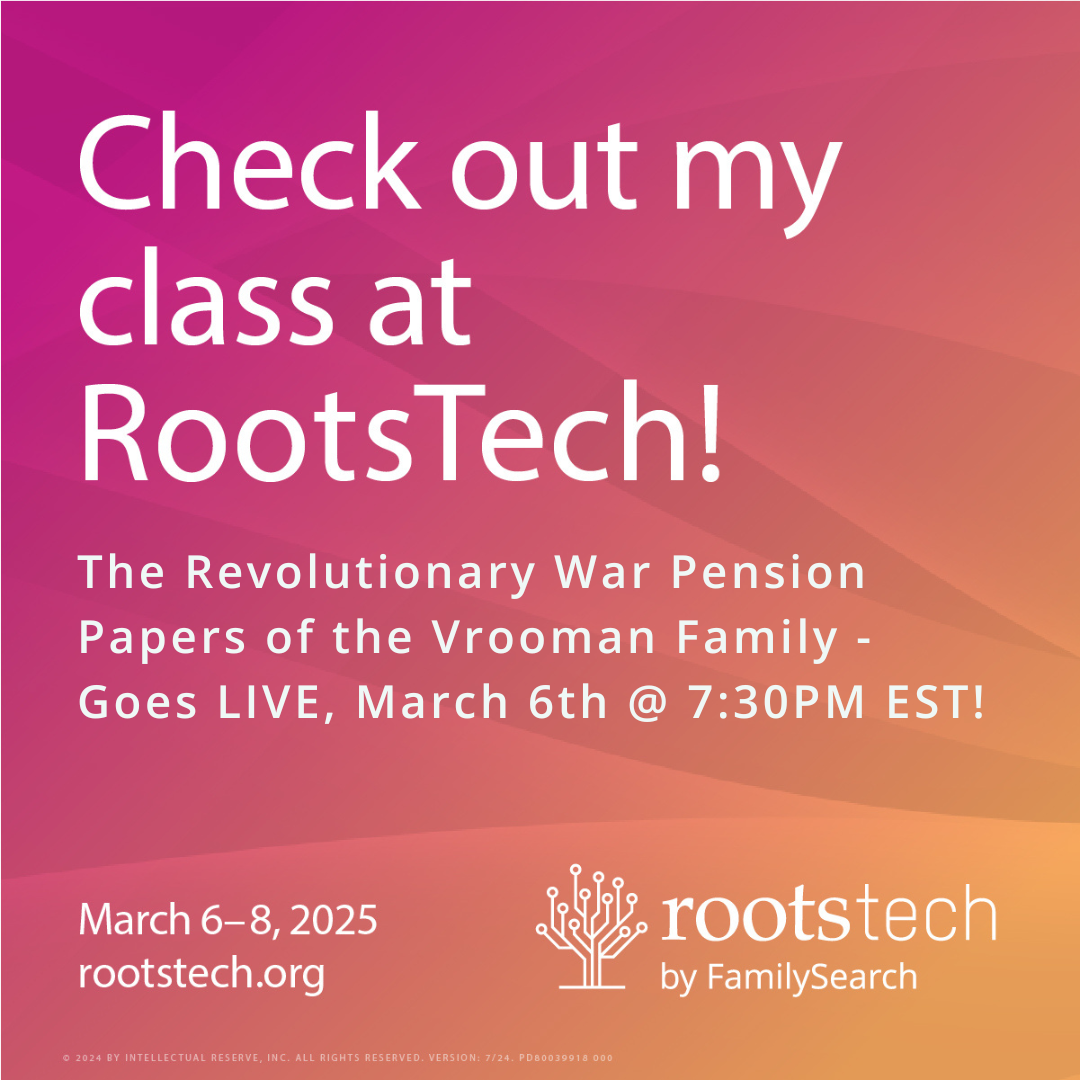 This time around I’ll be attending virtually – covering the conference for this site and the BloodRoot Podcast – but also as a speaker, once again. One of my brand new sessions will be available on the website, going live during the conference dates. Be looking for The Revolutionary War Pension Papers of the Vrooman Family. This class will provide an in-depth examination of one family’s journey through the pension application process – from the veteran, to the widow, to their adult children.
This time around I’ll be attending virtually – covering the conference for this site and the BloodRoot Podcast – but also as a speaker, once again. One of my brand new sessions will be available on the website, going live during the conference dates. Be looking for The Revolutionary War Pension Papers of the Vrooman Family. This class will provide an in-depth examination of one family’s journey through the pension application process – from the veteran, to the widow, to their adult children.
Update for the Online Offerings:
Did you know that virtual sessions are released via various time slots? Sometimes this has to do with the in-person presentation schedule and recording, but some of this has to do with pre-recorded videos being released in a staggered manner – not just all at once! Which means you can host your own watching party as new sessions go live throughout the conference.
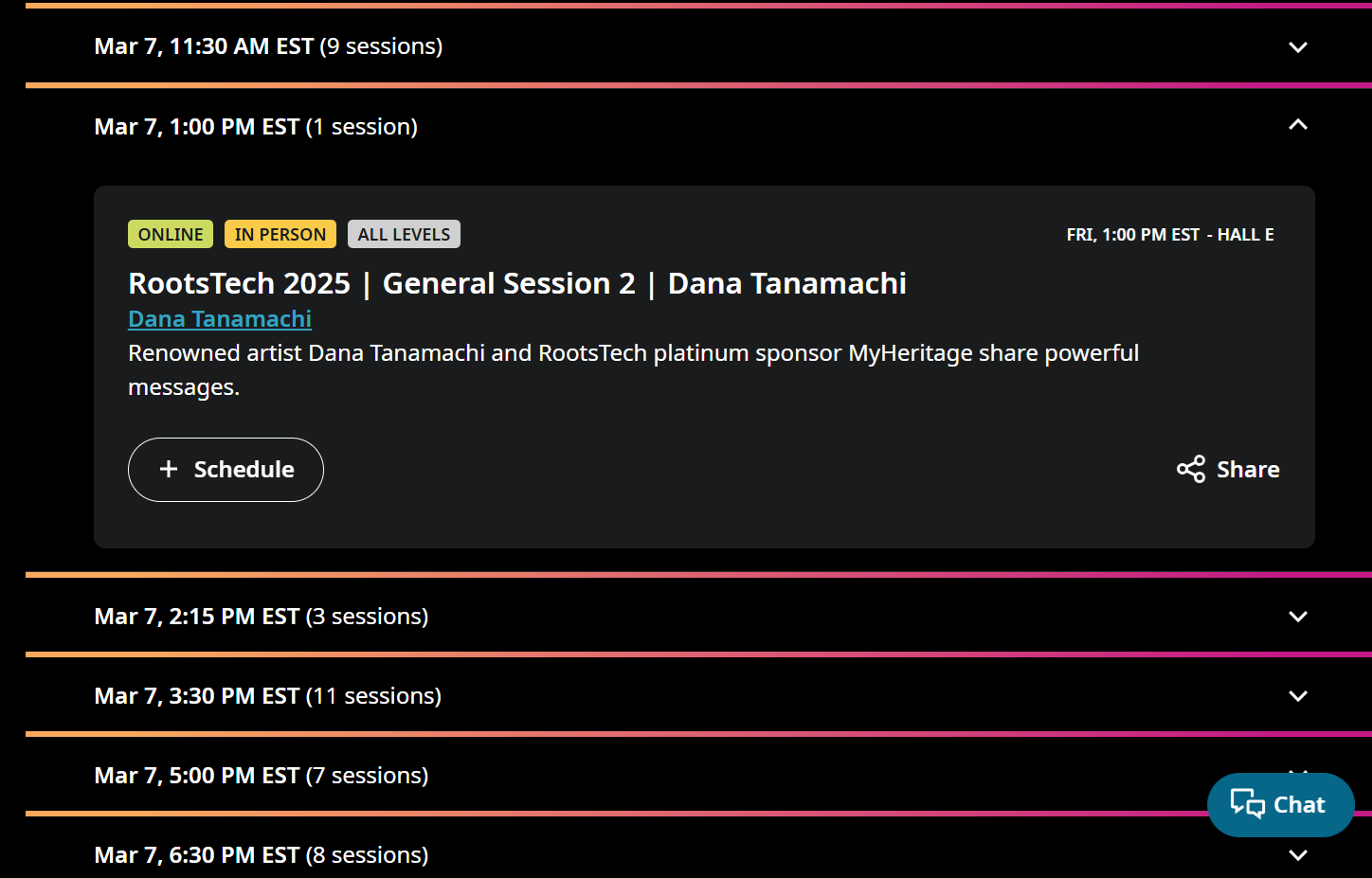
Notice the number of sessions going live per time slot – and clicking on the arrow will expand this information. When you click on the title you are interested in, you will be taken to the video screen with a stage countdown to the session going live. Which means, you can host your own watching party as new sessions go live throughout the conference.
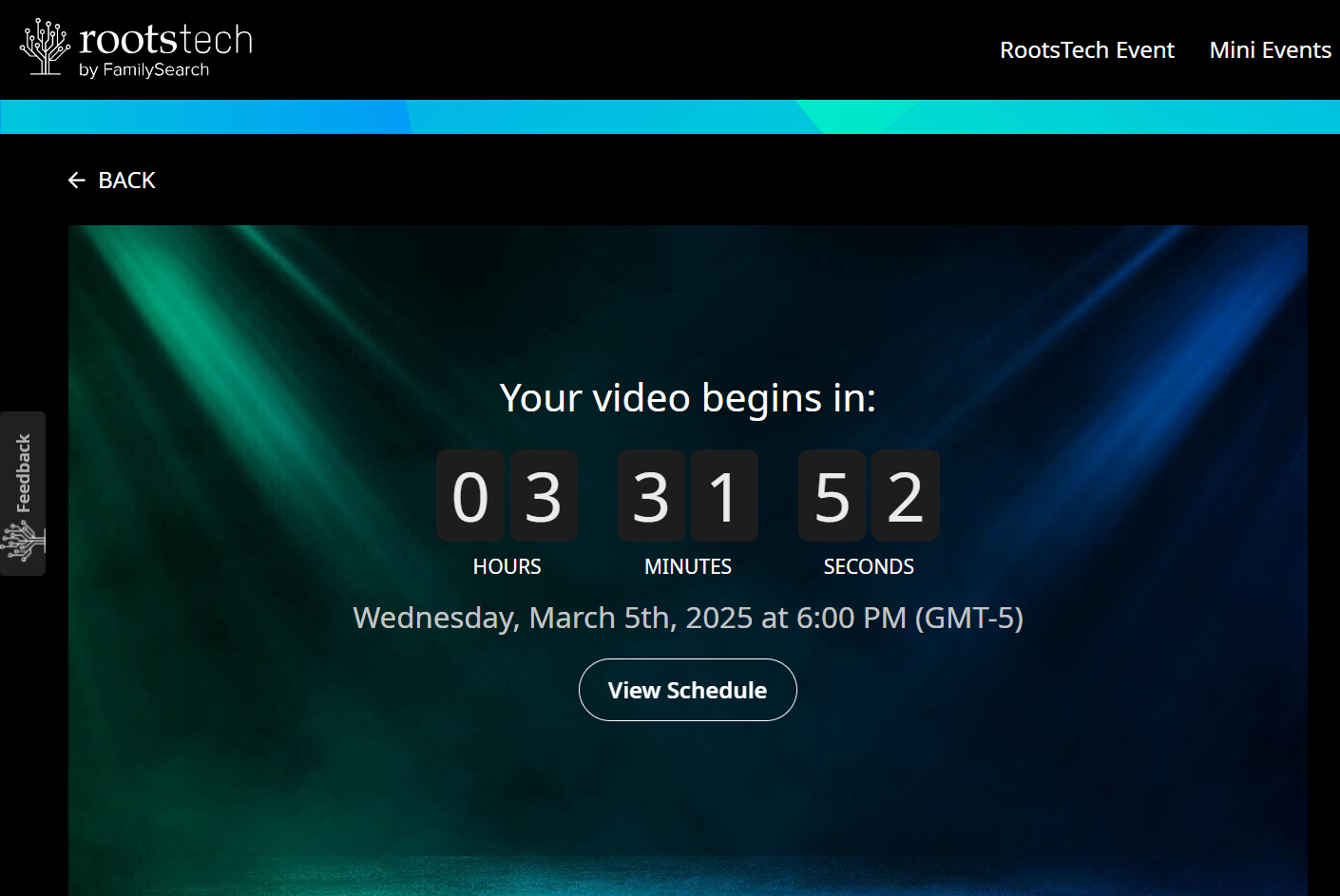
Bonus Tip for All Virtual Session – Chat Function Per Class:
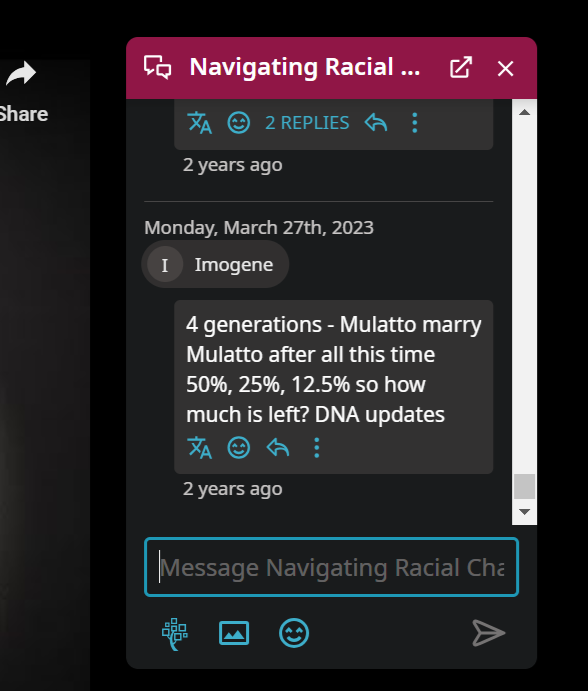 Don’t forget, that EVERY session should have a chat window that you can join after registration. Now that things are going live, it appears that the chat windows for ALL sessions are now live! Even the older sessions from previous years – just remember to click “Join this chat”!
Don’t forget, that EVERY session should have a chat window that you can join after registration. Now that things are going live, it appears that the chat windows for ALL sessions are now live! Even the older sessions from previous years – just remember to click “Join this chat”!
2025 Keynote Speakers:
The names of all of the keynote speakers have been released! Rachel Platten, Ndaba Mandela, Dana Tanamachi, Tara Davis-Woodhall, Hunter Woodhall, Los Chicaneros, Marco Lui, Ysabelle Cuevas, and Steve Rockwood – the GOAT of RootsTech!.
According to the Press Release:
Rachel Platten, Emmy Award-winning multi-platinum artist, singer, songwriter, Rachel Platten was made famous for her song in the form of a proclamation of self. An anthem for those who needed it and those who didn’t even know they needed it alike, “Fight Song” became a global sensation, an inescapable battle cry that’s now been streamed more than a billion times and is as inextricable to modern culture as any one song could be.
Ndaba Mandela, a renowned speaker, author, and social activist, grew up in South Africa. His grandfather, Nelson Mandela, was a prominent politician and public influence, spending 27 years in prison for his activism against Apartheid. When he was released, he invited Ndaba to live with him. While living with his grandfather, Ndaba was taught many lessons that inspired him to become a happy and effective global citizen. He attributes many of his teachings to his grandfather. Ndaba Mandela’s virtual keynote message will be available to watch at RootsTech.org starting Thursday, March 6.
Dana Tanamachi is a world-renowned artist, well-known for her 3 story mural at Starbucks inside New York City’s Empire State Building, as well as many other projects, including features on the covers of O Magazineand Time Magazine,and her art on the US postal stamp. Dana is coming to Rootstech to share her own family story and its influence on her journey of becoming the artist she is now. Listen in online or watch in-person on Friday, March 7.
Olympic Gold medalist Tara Davis-Woodhall and husband, Paralympic Gold-Medalist Hunter Woodhall, met at a high-school track meet in Pocatello, Idaho, in 2017. They were married 5 years later. They both competed for Division I universities on their respective journeys to the Olympics, Tara at the University of Georgia, then the University of Texas, and Hunter for the University of Arkansas. Their journeys and relationship have captured the attention and hearts of fans all across the globe. They will share their incredible relationship and story with RootsTech on Saturday, March 8, available to watch in person or online.
What Is RootsTech?
RootsTech is a place to learn, be inspired, and make connections through family history. Hosted by FamilySearch and sponsored by other leading genealogy organizations, we have hundreds of expert classes, tips and tricks videos, and inspiring stories that can help you experience family history like never before. Visit our on-demand learning library, or make plans to join us for our next virtual or in-person conference event.
Disclaimer: I am an official media representative of the RootsTech Conference.
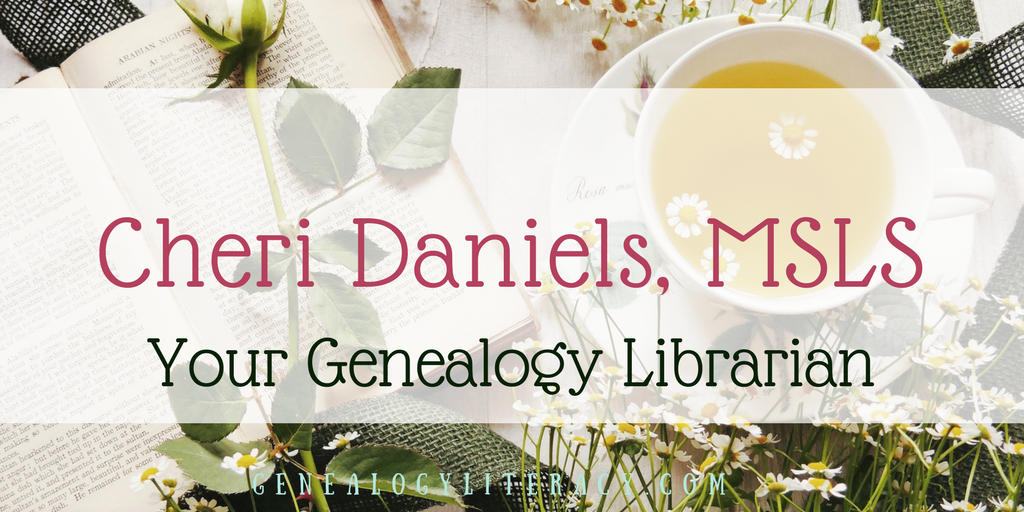
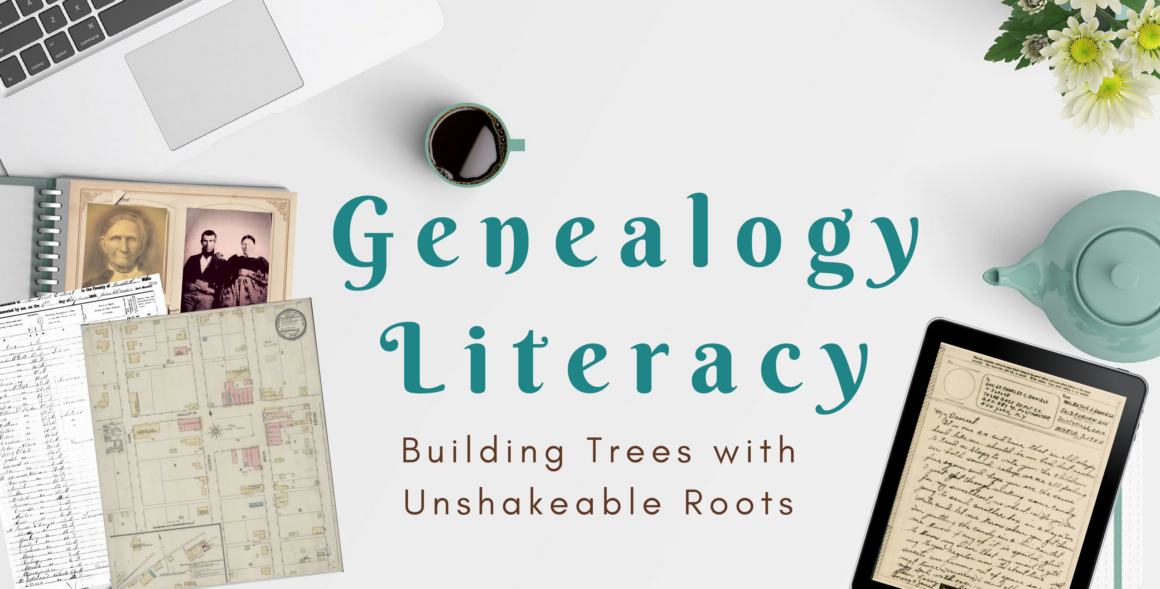
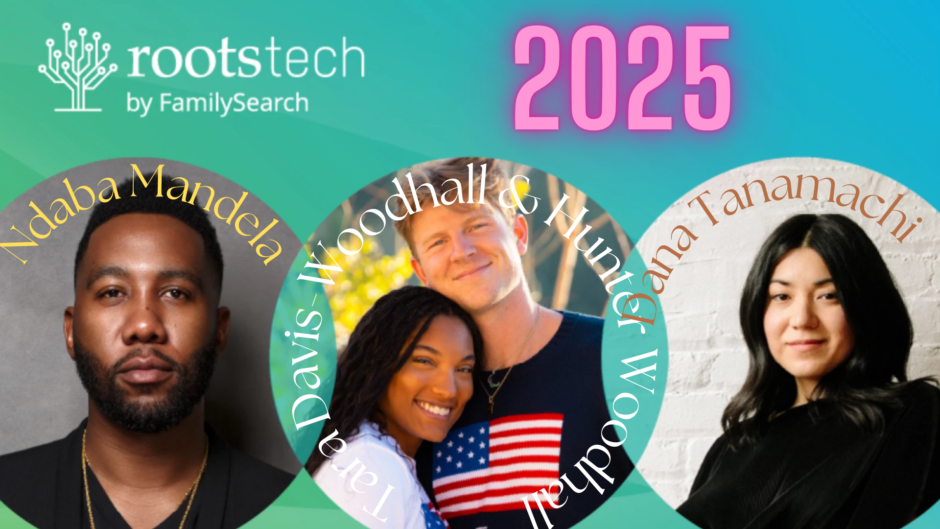
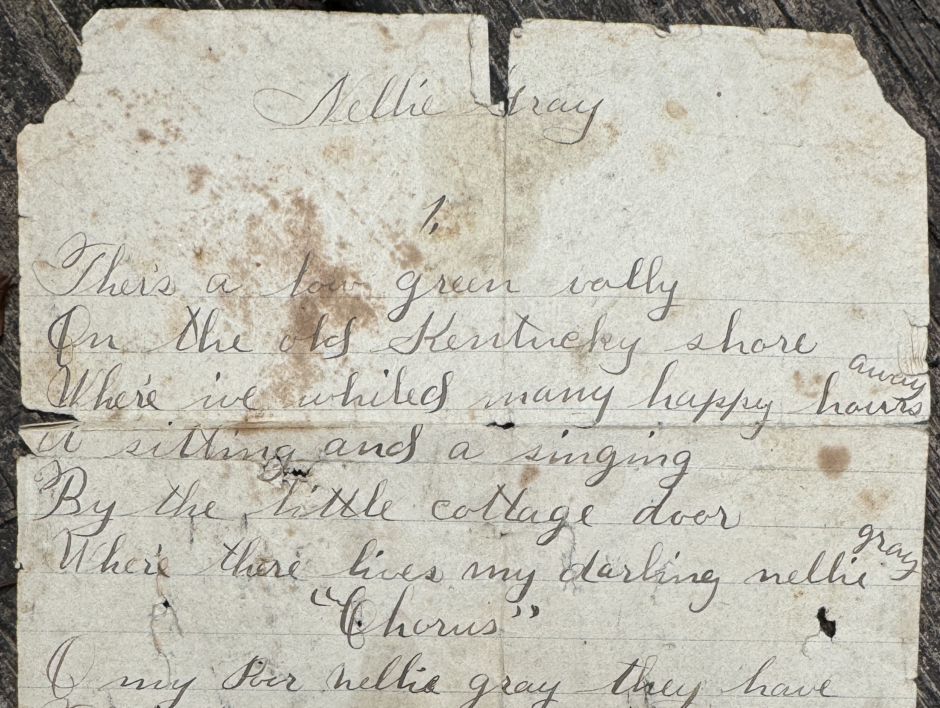
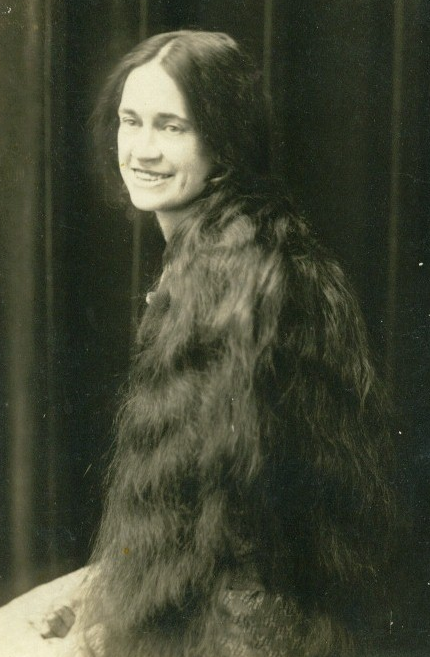
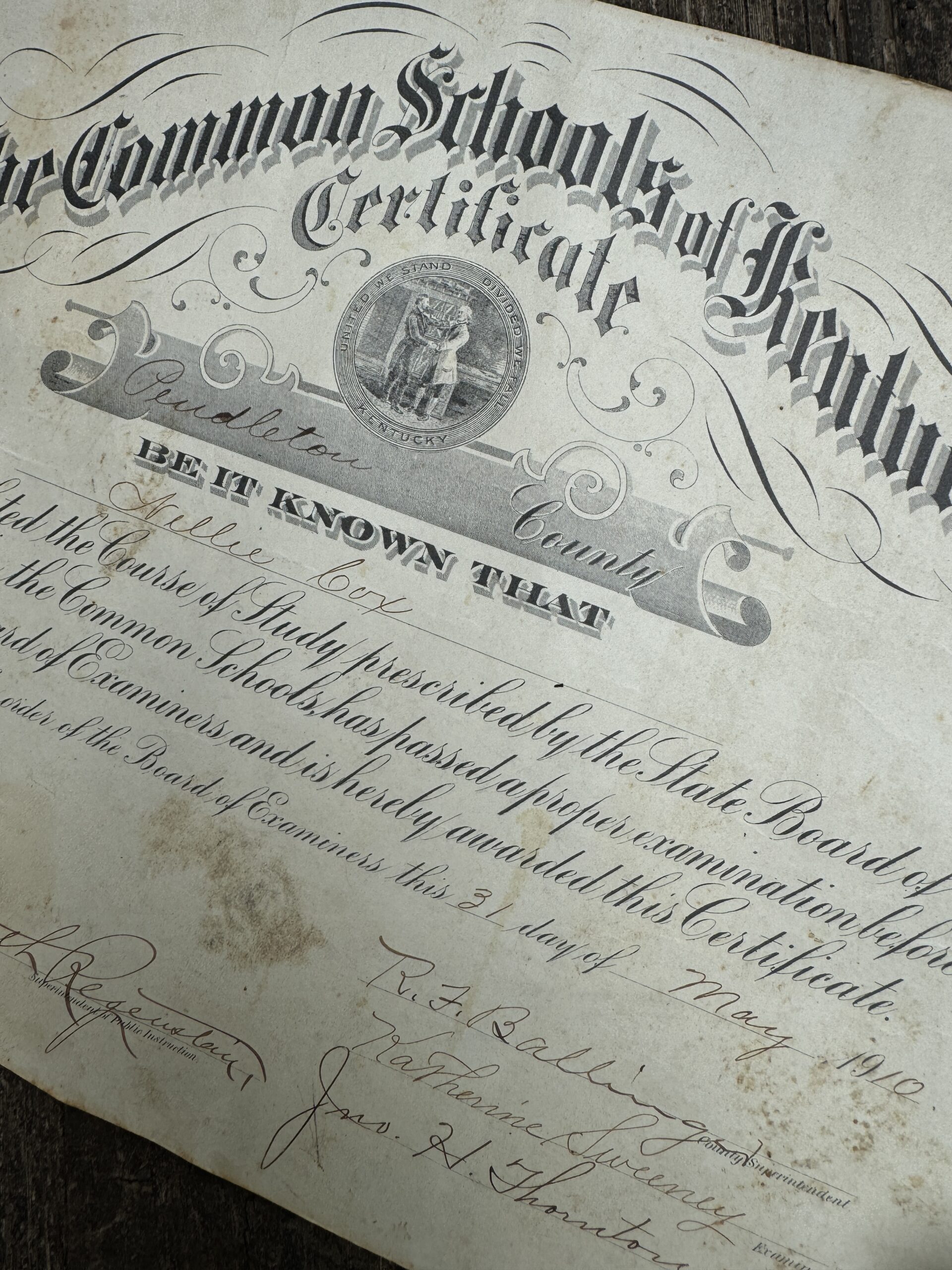 As far as I knew from the stories, Nellie never made it to becoming a teacher. She met my handsome great grandfather, John Beyersdoerfer, with his dark wavy hair and she was a goner. They eloped to Newport, and the rest was history – hence, our line’s very existence. But this document adds a plot twist for Nellie. She not only went against her father’s wishes, but she did so in a grand and determined manner. She went after her certification – and was successful! This meant testing her way to the piece of paper I held in my hands – a tangible expression of female rebellion! Go, Nellie!
As far as I knew from the stories, Nellie never made it to becoming a teacher. She met my handsome great grandfather, John Beyersdoerfer, with his dark wavy hair and she was a goner. They eloped to Newport, and the rest was history – hence, our line’s very existence. But this document adds a plot twist for Nellie. She not only went against her father’s wishes, but she did so in a grand and determined manner. She went after her certification – and was successful! This meant testing her way to the piece of paper I held in my hands – a tangible expression of female rebellion! Go, Nellie!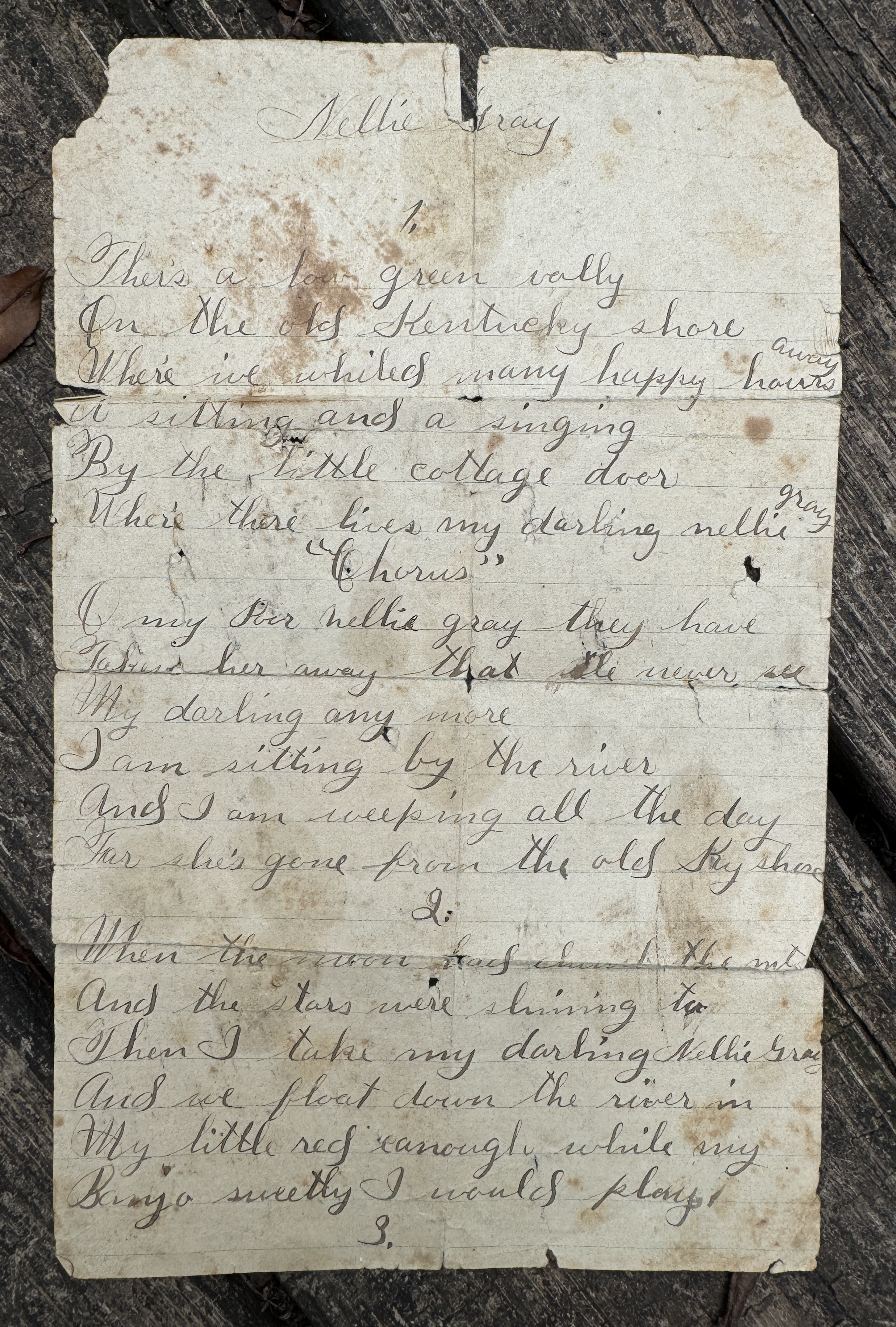 The paper itself is notebook lined, but very old – for context, lined paper was invented as early as the 1770s. It is very dirty and worn – not quite falling apart at the seams, but very nearly. The writing is in ink – appears to be iron gall, which was in use from the 5th century to the early 20th century. For an added element of context, my great grandmother was born in 1891.
The paper itself is notebook lined, but very old – for context, lined paper was invented as early as the 1770s. It is very dirty and worn – not quite falling apart at the seams, but very nearly. The writing is in ink – appears to be iron gall, which was in use from the 5th century to the early 20th century. For an added element of context, my great grandmother was born in 1891. All fiction aside, the theme is steeped in well-known facts for the Ohio River Valley. Without revealing my 2nd great grandmother’s full identity, she came from a family who settled within a known free community of color in Northern Kentucky. This region had been rather liberal in their treatment of different races – up until things got socially worse. By the 1830s, instead of embracing the abolitionist movement across the river, the local factions became hostile towards these opposing viewpoints. So much so that many families relocated out of the area to not only better align with their belief systems, but to remain safe. Just ask John G. Fee what life in Northern Kentucky was like in the 1830s.
All fiction aside, the theme is steeped in well-known facts for the Ohio River Valley. Without revealing my 2nd great grandmother’s full identity, she came from a family who settled within a known free community of color in Northern Kentucky. This region had been rather liberal in their treatment of different races – up until things got socially worse. By the 1830s, instead of embracing the abolitionist movement across the river, the local factions became hostile towards these opposing viewpoints. So much so that many families relocated out of the area to not only better align with their belief systems, but to remain safe. Just ask John G. Fee what life in Northern Kentucky was like in the 1830s.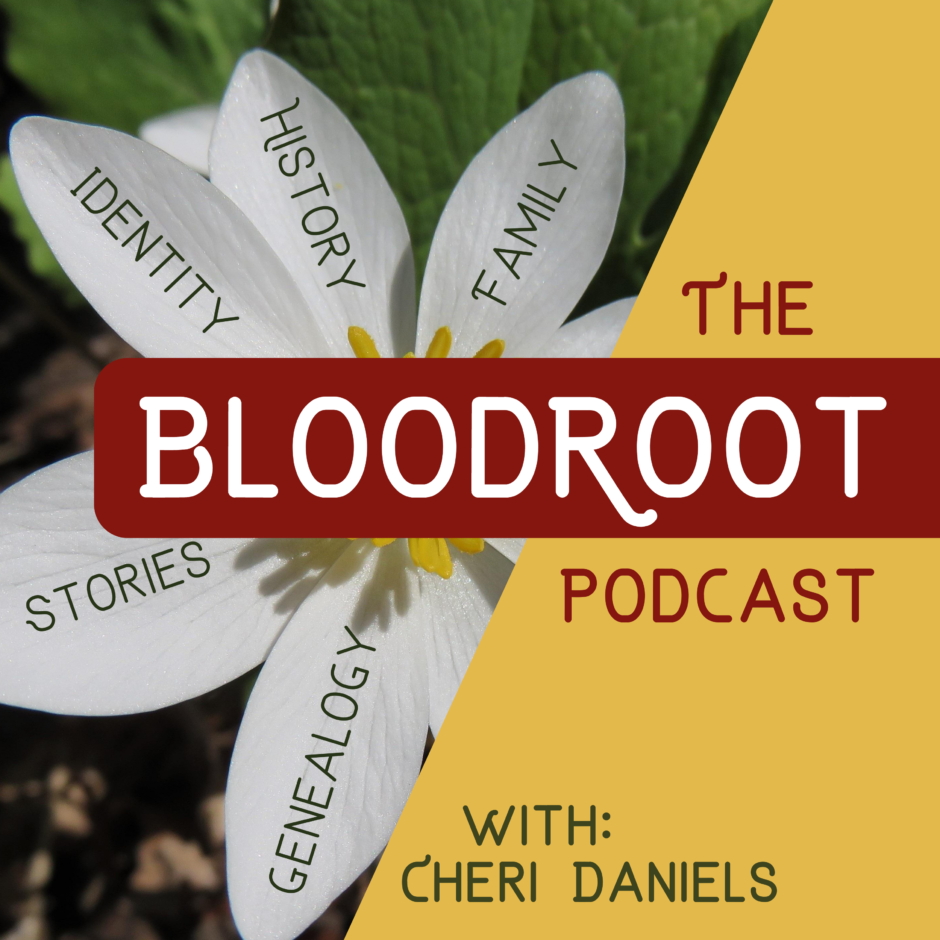

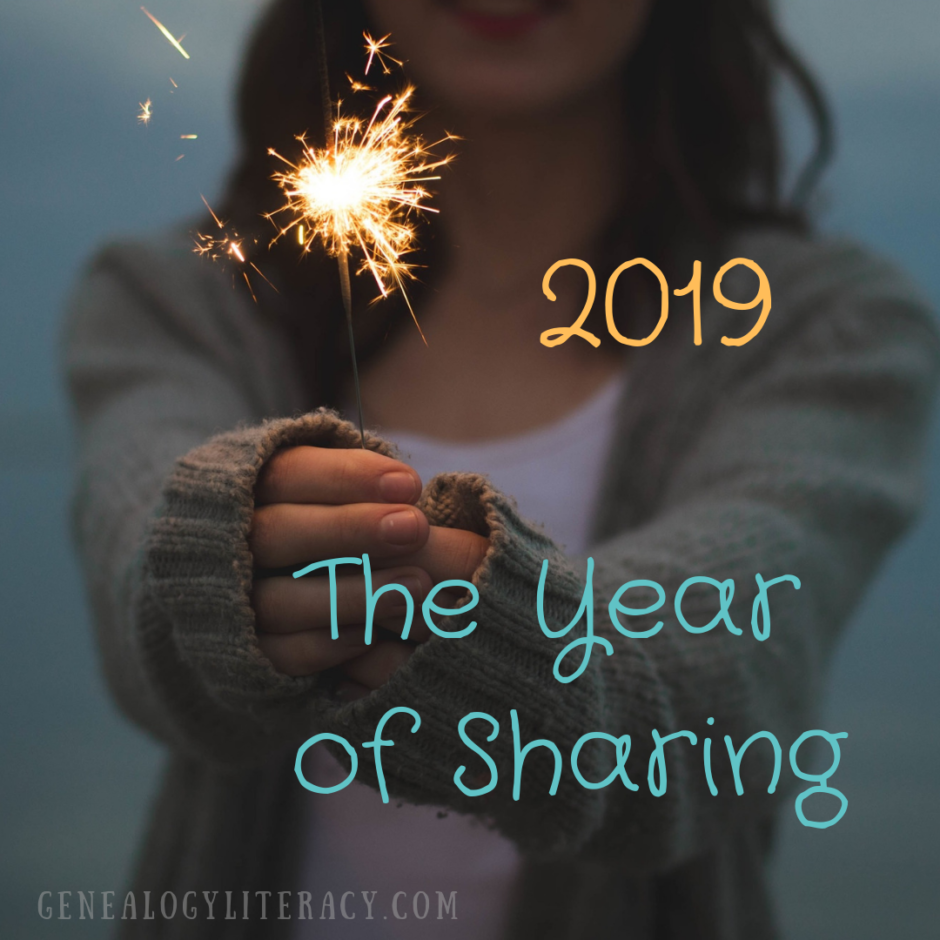
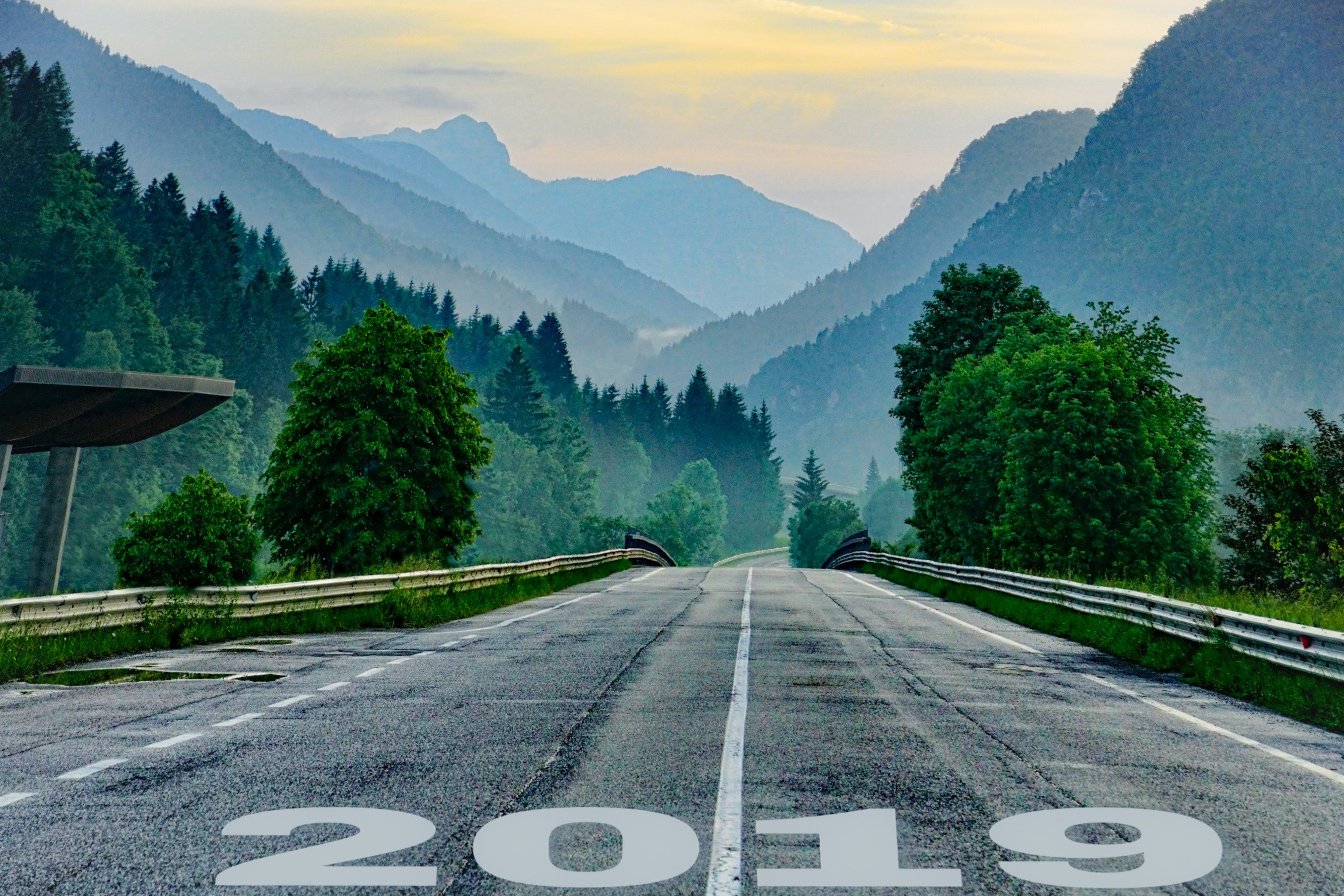
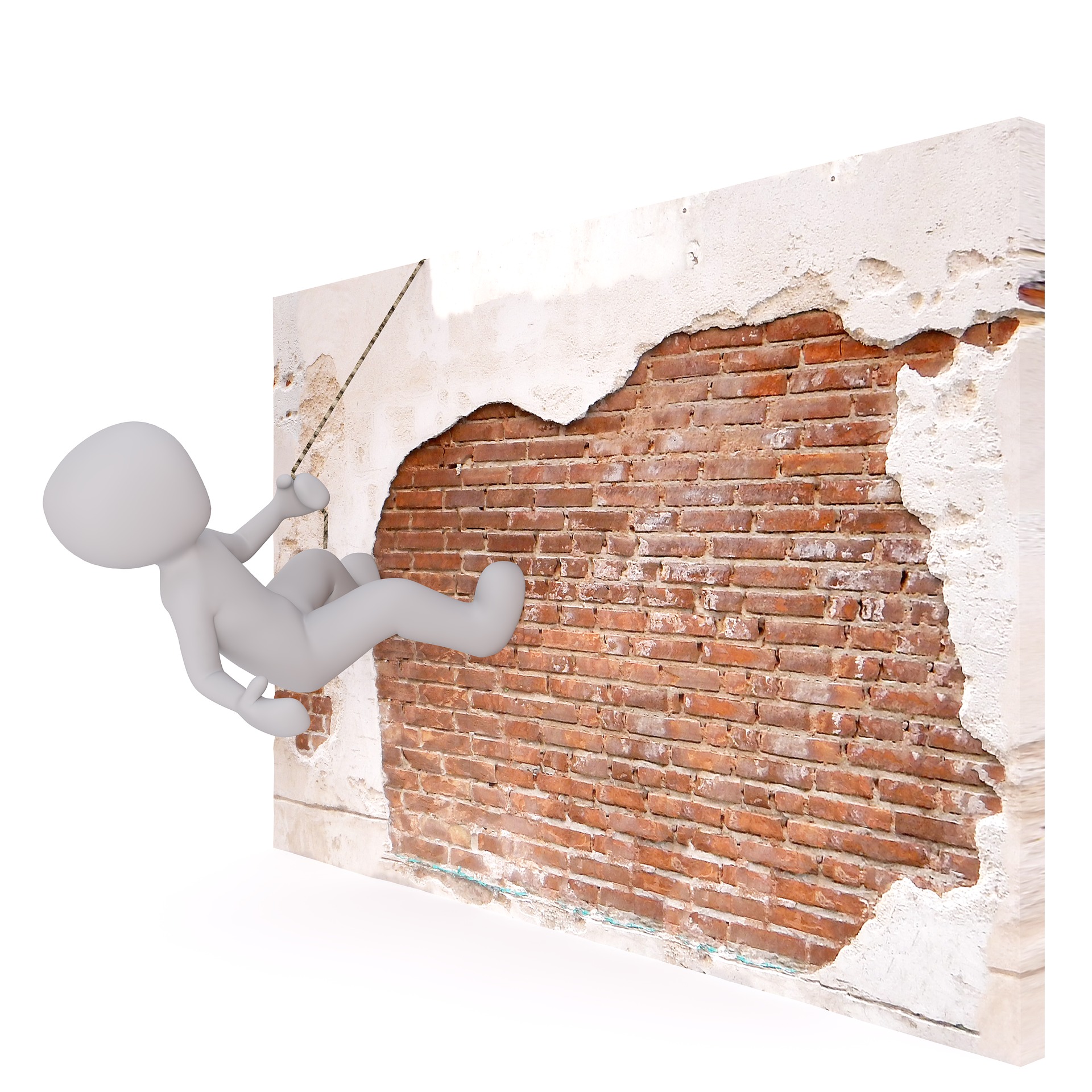 I lost almost 20 pounds, gradually, and even with the weather change, I have not gained anything back, and will gently continue my efforts to get out more, and look for opportunities to enhance this healthy alteration; Being gentle with myself, and not harsh when I take a break or indulge in a guilty treat – celebrating by encouraging myself to continue the good work, instead of internally chastising for a missed step. This approach is also a good rule of thumb concerning our research efforts – be gentle with ourselves, and celebrate our accomplishments along the way.
I lost almost 20 pounds, gradually, and even with the weather change, I have not gained anything back, and will gently continue my efforts to get out more, and look for opportunities to enhance this healthy alteration; Being gentle with myself, and not harsh when I take a break or indulge in a guilty treat – celebrating by encouraging myself to continue the good work, instead of internally chastising for a missed step. This approach is also a good rule of thumb concerning our research efforts – be gentle with ourselves, and celebrate our accomplishments along the way.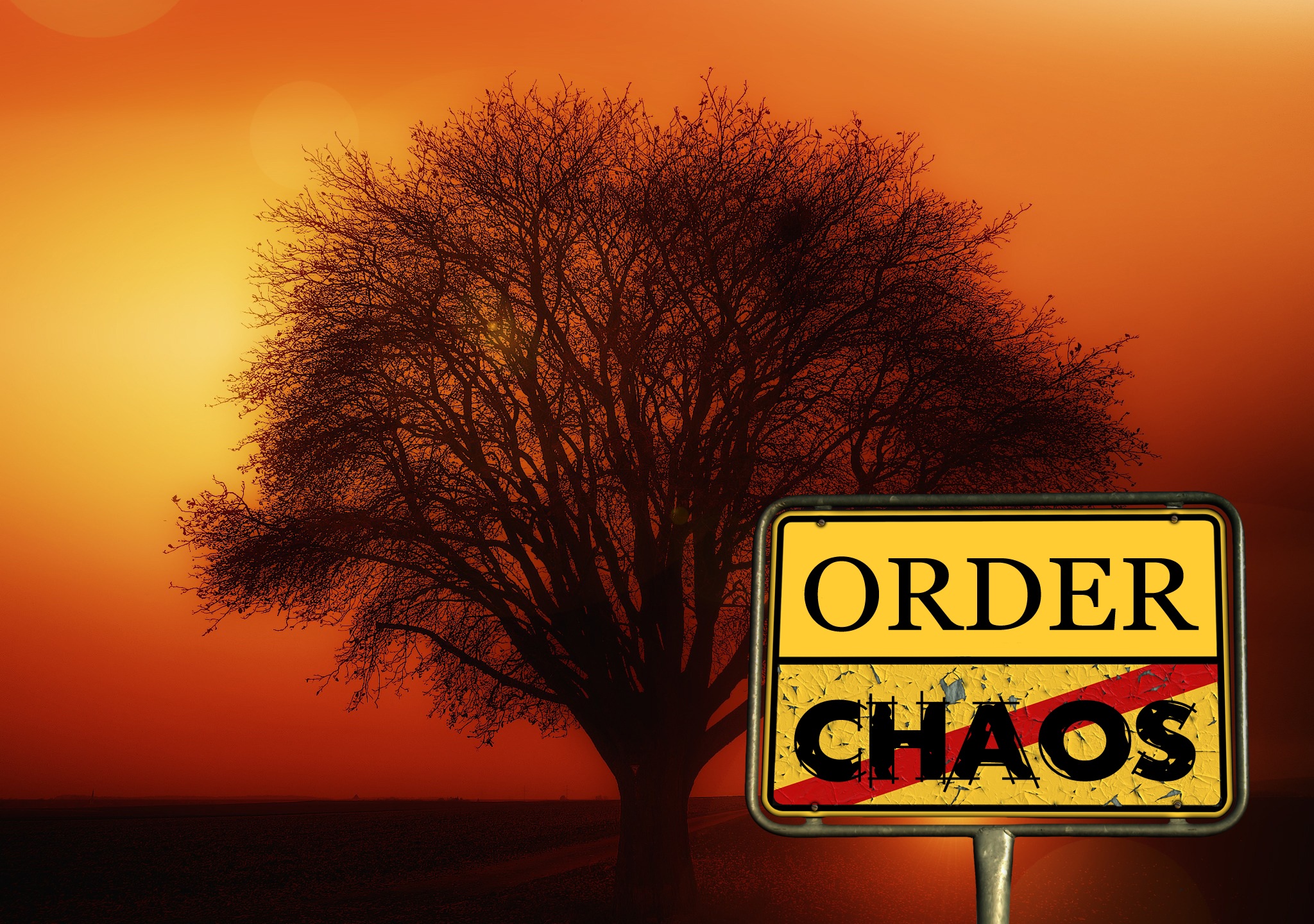 Another area that caught my attention in 2018 was the amount of clutter in my home. With each house cleaning session, I made a point to throw away or remove via donation, a small amount of items which held no further meaning, neither intrinsic nor sentimental. Over the course of the year, I made 5 carload trips to Goodwill, and disposed of 7 large trash bags of paper junk. The end result: I was finally able to settle all of my family archives into their proper housing containers, and should any emergency occur, I can lay my hands on a few small boxes with the most important items. Now, when someone asks for a copy of a photo, I can go right to the proper location and digitize at will.
Another area that caught my attention in 2018 was the amount of clutter in my home. With each house cleaning session, I made a point to throw away or remove via donation, a small amount of items which held no further meaning, neither intrinsic nor sentimental. Over the course of the year, I made 5 carload trips to Goodwill, and disposed of 7 large trash bags of paper junk. The end result: I was finally able to settle all of my family archives into their proper housing containers, and should any emergency occur, I can lay my hands on a few small boxes with the most important items. Now, when someone asks for a copy of a photo, I can go right to the proper location and digitize at will.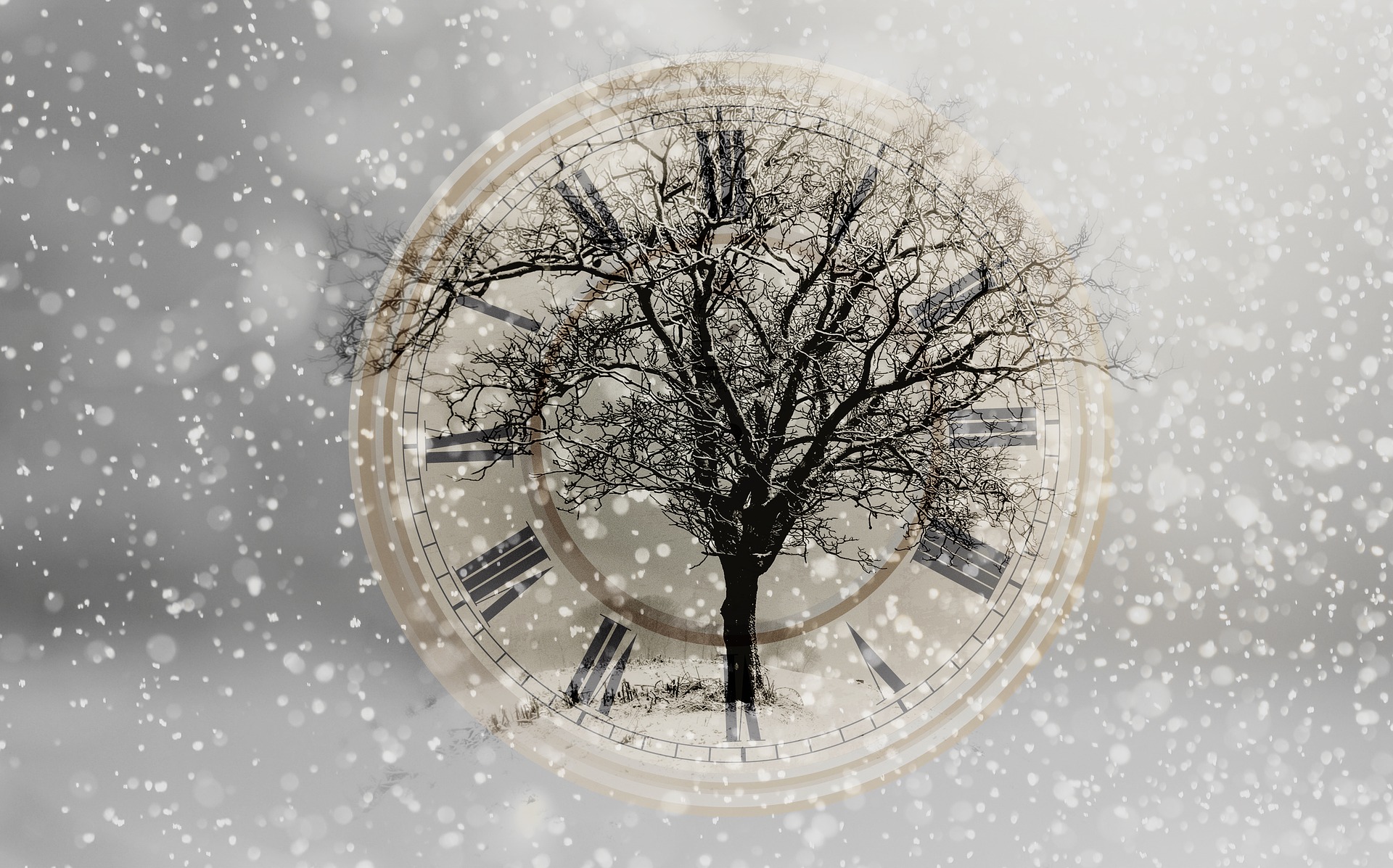 With the above accomplishment that evolved over the course of 2018, and while preparing similarly relevant material for my talk at
With the above accomplishment that evolved over the course of 2018, and while preparing similarly relevant material for my talk at 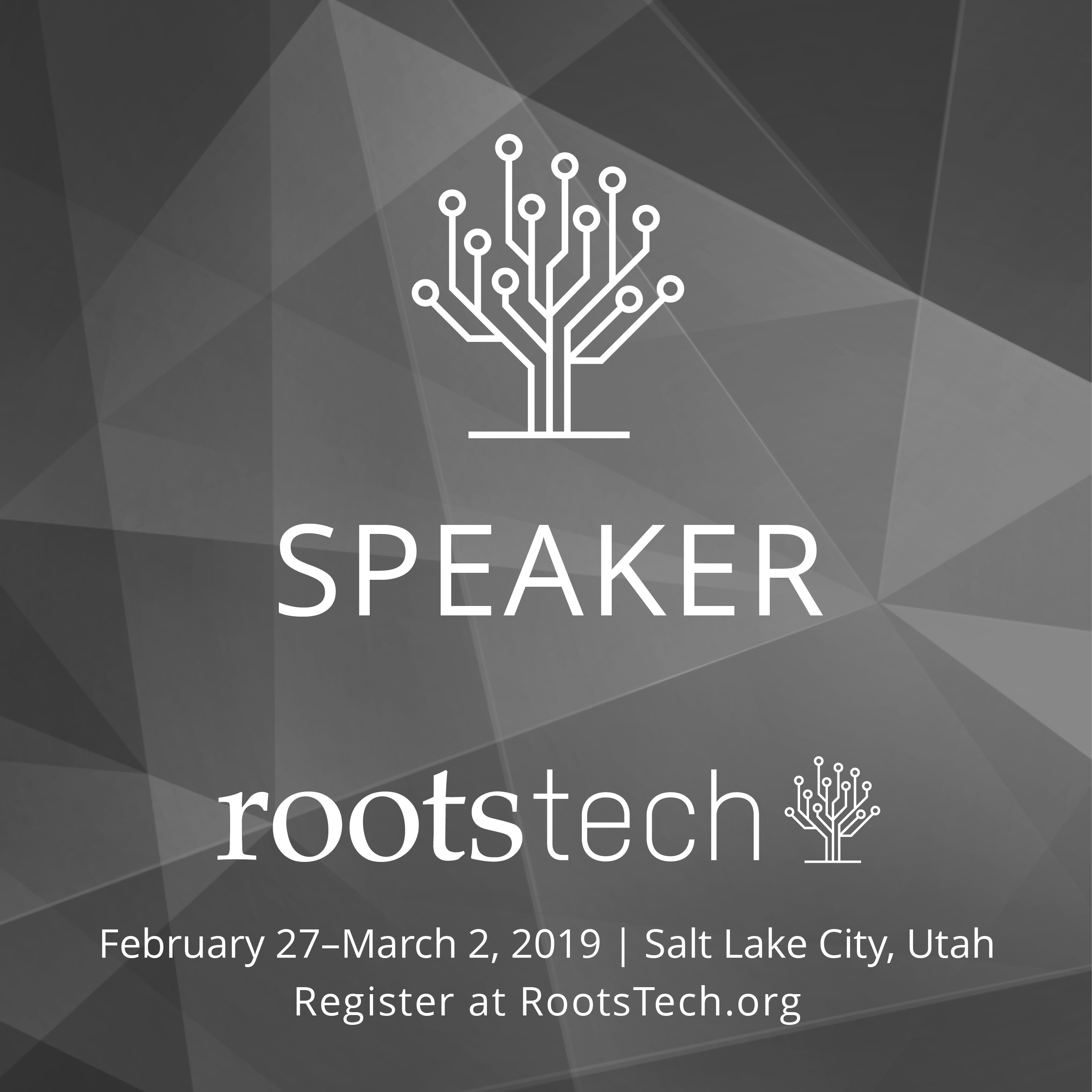 A sharing lifestyle is fluid and looks for a variety of sharing opportunities. My upcoming session at
A sharing lifestyle is fluid and looks for a variety of sharing opportunities. My upcoming session at 
